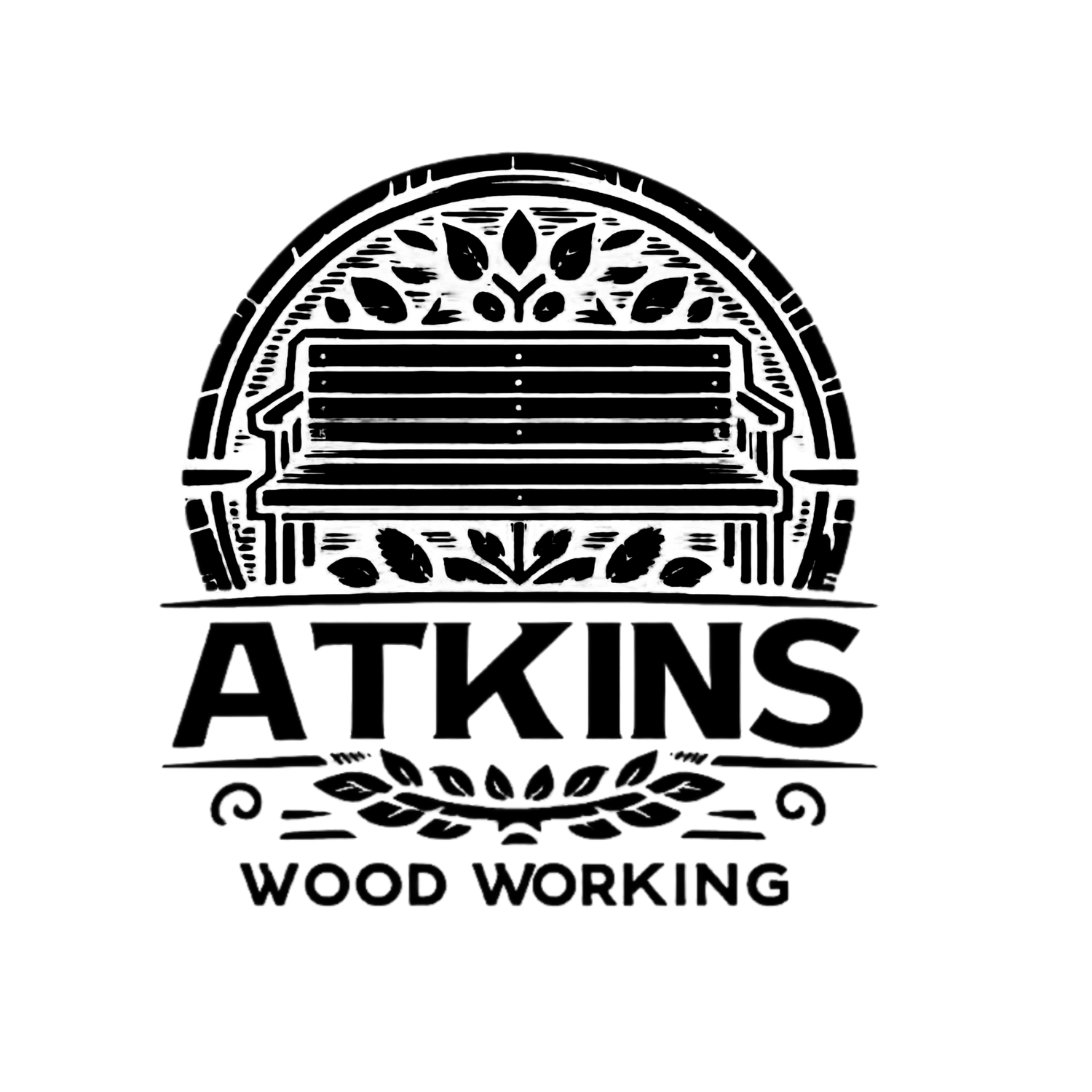Bjorn Thomasson Sea Racer - Solid wood Bow and Stern
One of the challenges building a kayak nearly 20' long is sourcing material long enough to go end to end with no splice joints. As I mentioned in the previous post, I found that the longest cedar I could obtain locally was 20'. The challenge presented is that the kayak is also 20', so due to the curves the 20' strips would naturally fall short of covering the full length.
My solution was to build solid wood bow and stern pieces that will occupy about 6 inches of the total length of the kayak. This is not part of the design, what I'm doing here is uncharted territory and must be done carefully to maintain the hull profile and not add too much weight.
I started with rough sawn curly maple from a buddy in Fredrick. The actual plans call for internal bow and stern reinforcement and gives a template for cutting those pieces. I used them as a rough guide and expanded some of the proportions to get an outline of what the outside profiles should be and traced it on to the rough maple.
I roughed out the pieces on my band saw and started creating a lip for the cedar strips to rest in. This part is pretty slow, lots of test fitting and slowing removing material.
Once I got the tapered shoulder to accept the cedar strips it was time to take the exposed bow area from a rough sawn square board and give it some shape! I generally love shaping wood, adding curves and dips and flowing surfaces, however curly maple is different... The grain rises and falls inside the board which is what gives it the curly look, but its nearly impossible to carve it using traditional cutting tools without getting tear out. I took the safe (and easy) approach and broke out my small belt sander with 80 grit paper. With a few lines drawn on the edges to make sure I was removing stock equally from each side, I started shaping. To clamp such a small piece and be able to work on the entire top surface would be really impossible, so I improvised and used hot melt glue to adhere the block to the corner of a work bench.
After about 5 minutes for each side I had the general profile roughed out. Just for kicks I sanded one side with 220 grit and rubbed some water on to get a tease for what the curly maple will eventually look like.
Once this is covered in fiber glass and epoxy this grain will really pop!
Next I did the same steps with the stern piece, which I should have started with because it is smaller and an easier shape. Here is a good photo of why its challenging to carve curly maple:
Test fitting the stern while its still blocky and easy to clamp to the work bench.
I used the same belt sanding process to shape the stern, it took about 5 minutes with the aggressive 80 grit belt! starting to look pretty slick each time I test fit it.
Up to this point I have been using the temporary strips on the forms to dictate where the bow and stern pieces need to go, and using them to sight angles/alignment. To start installing the actual strips on the kayak I'll need the temporary strips out of the way, and I'll need to support the bow and stern pieces temporarily with various supports that will not block the first 6-8 permanent strips. Once I have 6-8 permanent strips in place, they will be able to support the bow and stern and I can remove all the temporary supports.
Here you can see the stern braced in all directions, with room to add strips.
The bow all lined up and ready to add strips!
Keep in mind that the maple pieces are still rough, no sense in fine tuning them at this point as I'll need to profile the entire hull once the strips are in place.
That's about it for this weekend, I started messing with the first full length strips but I'll save that for the next post. Thanks for reading!
